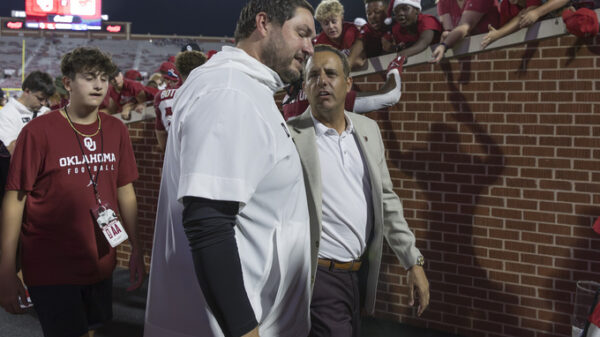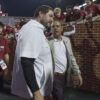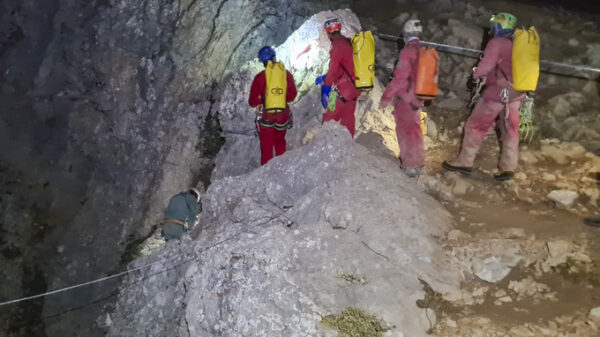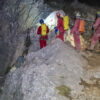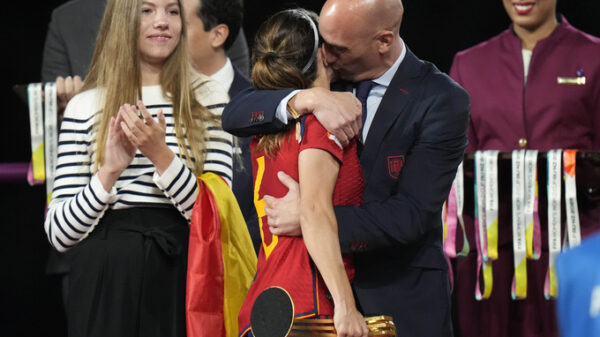Peggy Coppom hasn’t quite seen it all with the Colorado Buffaloes, but she’s seen much more than most, so believe her when she says Thursday was a good day to be a fan.
The 98-year-old has been attending football games since her family moved from the high plains of eastern Colorado to Boulder in 1939 to escape the Dust Bowl, and she’s missed only a couple home games since buying season tickets in 1966.
The excitement in her voice was obvious during a phone call minutes after university regents approved the school’s return to the Big 12 in 2024.
“I’m so happy to get back to the Big 12 — or the Big 15 or whatever it ends up being,” she said, laughing. “It seems like that’s where we belong. We don’t belong with the West Coast people.”
Of course, the Big 12 isn’t the same league it was when the Buffs left for the Pac-12 in 2012. Nebraska and Missouri are gone, and Oklahoma and Texas will be, too. BYU could become a rival, but the Buffs have little in common with Cincinnati, Houston and Central Florida.
“I wish some of those old schools were there, but we’ll make the best of it,” Coppom said.
The conference change, plus the hiring of Deion Sanders, has her eagerly anticipating watching the Buffs from her seats near the 40-yard line on the west side of Folsom Field — “God willing, I always have to add,” she said.
Coppom, carrying a gold pom-pom, was escorted onto the field by Sanders and performed a ceremonial kickoff during the spring game in April. Coppom said Sanders and the return to the Big 12 has created the most buzz about the team since it won a share of the national championship in 1990.
Former CU fullback Jim Kelleher, who was second in the Big Eight with 15 rushing touchdowns in 1976, said he’s in wait-and-see mode about the move.
“I originally wasn’t that excited about it, but at the same time, the Pac-12 had let things get to such a point where you had to do something,” he said. “The Big 12 signed a good media rights agreement. It’s just sad the Pac-12 hasn’t been able to get a TV contract.”
Kelleher said that while Colorado will get exposure across three time zones, which is a positive, he’s sad to see how traditions and geographic rivalries have been sacrificed with realignment in general.
Specific to Colorado, he said, the Buffs seemed to be a good fit in the Pac-12. He said his sentimental attachment to the Big 12 won’t be there without Nebraska and other teams he played against in the old Big Eight.
“Whether it’s the school or the individual athletes — with TV and NIL — it’s all money, money, money,” he said. “I understand their decision. Hey, I’m part of the Colorado team, so I’m for my team and hope it works out.”
Tom Osborne, the College Football Hall of Fame coach at Nebraska and its former athletic director, shepherded the Cornhuskers’ move from the Big 12 to Big Ten in 2011. He said he’s able to view past, present and future realignment from the perspective of both a fan and administrator.
“You’re talking about lost traditions,” Osborne said. “I can share the feelings of the fans in that I miss those drives to Manhattan, Kansas; Lawrence, Kansas; Ames, Iowa, and some of those relationships.”
Nebraska’s move to the Big Ten had as much or more to do with finding stability as it did with finances, Osborne said. In the summer of 2011, Osborne said, Big 12 South teams were negotiating with the Pac-12, Missouri wanted to go to the SEC and Texas A&M also was looking to leave.
“Finances are driving this thing more than anything, and my guess is that the uncertainty about where the Pac-12 stands right now appears to make the Big 12 better for Colorado — even though the Big 12 has not been a paragon of stability.”
Copyright 2021 Associated Press. All rights reserved.



































